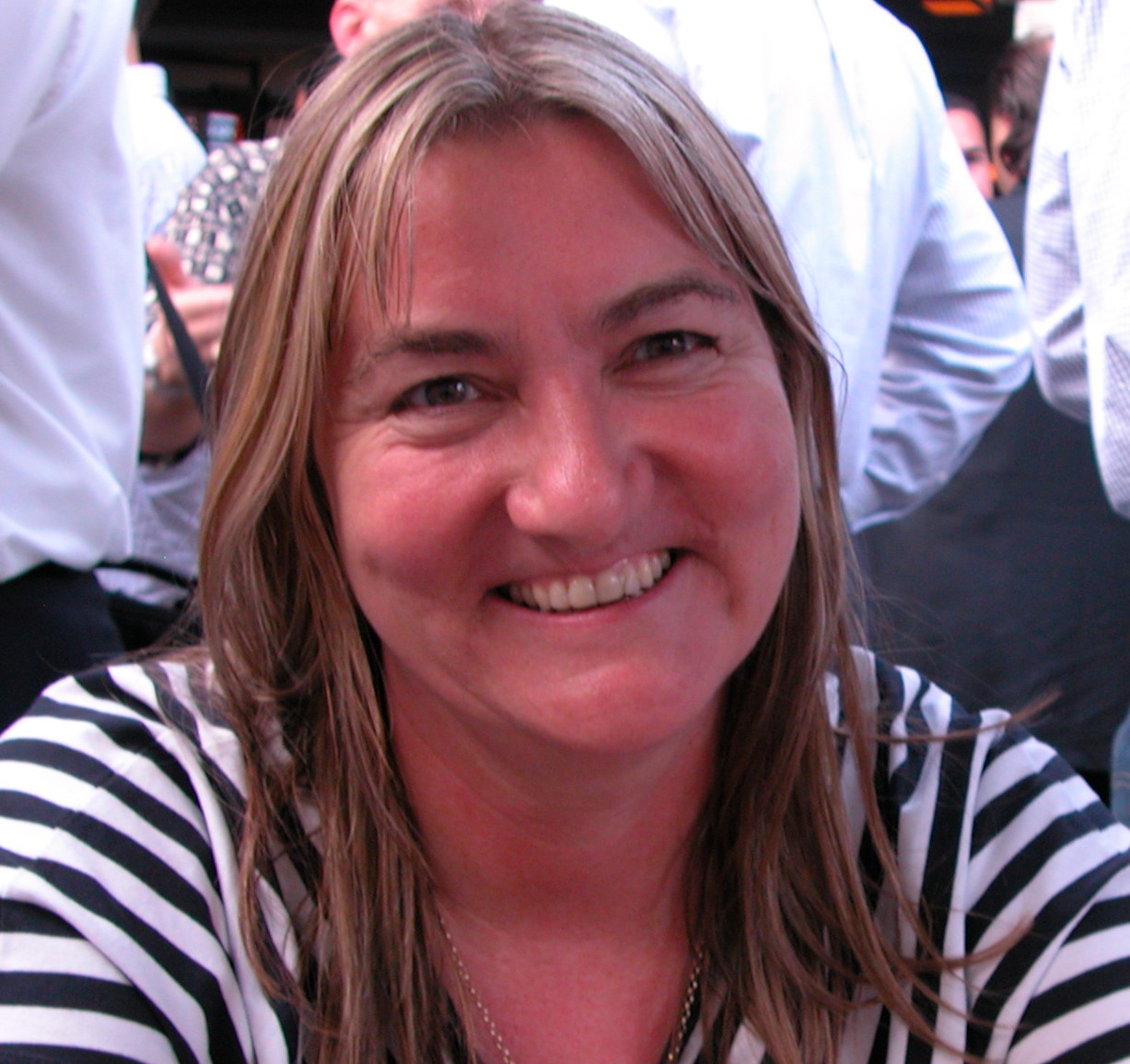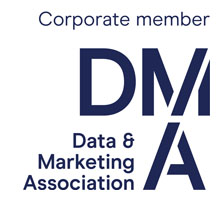What you need to know from the IPA Insight Summit 2024
02 May 2024

This month's MRS Analytics Thought Piece
Event report by Alex Maddox, Senior Partner at DataTile and MRS Advanced Insights and Analytics Council member.
The increasing presence of data and AI in market research was featured, as well as some hugely important topics we should all be more aware of. Here’s what you need to know…
Agencies are awash in a sea of data
Kathryn Saxon, Head of Audience Science at Wavemaker, stressed the crucial need for balance when it comes to data. Drawing from Wavemaker's own journey, she recounted a period where the agency leaned heavily into data-centric approaches, extolling the virtues of tech stacks, first-party data and data-driven planning tools. Data every which way. However, they stopped winning pitches until they recalibrated and brought the human element back in. Then they started winning again.
Kathryn reminded us that amidst the whirlwind of metrics and analytics, it's about people.
AI in survey design
It’s an exciting time for survey design!
Dan Brilot of Differentology and Melike Dogan of the7stars talked us through results from a study that tested the impact of AI in survey design for open-ended questions.
1000 respondents were given 6 open-ended questions asked in a traditional way (3 initial questions and 3 follow-ups). The other 1000 respondents were given an AI generated survey with 3 initial questions and 3 follow ups, but crucially these follow-up questions were defined based on the answers to the previous 3 questions.
Among the respondents who took the AI survey, there were significant increases in levels of engagement and enjoyment, as well as longer answers, more themes, better quality responses and better handling of sensitive topics.
The study found that over two thirds (70%) of participants agreed that the AI augmented survey approach was ‘more engaging than other surveys they had taken’ and 59% agreed it was ‘more fun’. These findings are a huge step forward for the field, as we know that happier participants generally yield more detailed and useful responses. It’s also crucial in a time where survey fraud is rampant, and data quality is high on the agenda for vendors.
AI will certainly help bridge and enrich the gap between qual and quant.Please read the full piece here:
https://www.the7stars.co.uk/researching-the-robot-whitepaper/
The IPA event also covered some crucial topics and whilst they’re not squarely about advanced insights & analytics, I want to give them airtime here.. and encourage the industry to harness these and make them topics for analysis.
Too old to be targeted?
Over 50s are overlooked in so much of marketing. Yet, this audience have been redefined. Katheryn Saxon of Wavemaker reminded the audience they are wealthy, have most of the housing stock and are fit and active. They are an opportunity for advertisers and not just for hearing aids, bladder remedies, funerals and life insurance.
Simon Frazier, a leader at IPA, continued this theme, looking at the stereotypes of over 55’s and stated that older people have a journey, a personality, a story, a lifetime of knowledge and experiences. He suggested advertisers should empathise rather than sympathise or patronise.
And then there’s the menopause.
Continuing with the age-related theme, there was an important focus on the menopause and how the current advertising landscape fails to acknowledge it.
Caris Brett and Sophie Dimond, both senior analysts at IPA, talked through their research. Focus groups identified themes of isolation, lack of understanding, and unrealistic expectations of womanhood in older age. A key finding was that there is a place for humour in advertising around the menopause. People need to talk about it more so it’s less taboo, and advertisers can absolutely help with that.
Humour in advertising
So let’s carry on the theme of humour. There was a wider focus on the role of “funny” in the world of advertising.
Hamish Bromley and Molly Bruce, from the IPA Insight team, presented results of a survey of 2000 people that sought to understand the role of humour in advertising, amidst the cost-of-living crisis.
Situational humour was most popular and appreciation of this type of humour increases with age. (Back to ageism - advertisers are not creating ads that older people can relate to).
They also mentioned Ogilvy’s sex ed campaign targeted at the over 65’s on behalf of the UK charity Relate. The brief was to get this age group talking about sex and combatting STIs. The result was a campaign called the HORNicultural Society with condoms in illustrated vegetable seed packets. Staggeringly, 95% of single pensioners said they would now use condoms off the back of this campaign.
Real Britain
Laura Rowe, Head of Decision Science at OMD UK, shared her “Real Britain” research - a proactive initiative delving into marginalised groups in the UK. It provides actionable insights for clients and helps OMD to be more inclusive employers.
A recent key finding is the underrepresentation of groups like the disabled and over-55 LGBTQ+ individuals in media. Despite their economic power, these groups are often overlooked by brands.
Advertisers are starting to reshape their visual portfolios and are conducting audience audits for more inclusive advertising. Future volumes will explore issues like social mobility and East and Southeast Asian communities in the UK.
Get the latest MRS news
Our newsletters cover the latest MRS events, policy updates and research news.











0 comments